



Why Purchase from All-Star Telescope?
Free Expert Support
Whether you are a first timer needing help with setting up or an enthusiast that can't quite make that one thing work, our expert staff are ready to support your needs. With decades of knowledge and first hand experience we've been there and we can help you through it!
Stress Free, Secure Transactions
You can trust purchasing and delivery with All-Star Telescope. All of our transactions are 100% secure and Level 1 PCI DSS compliant thanks to Shopify's ShopPay platform. For additional protection, we insure 100% of the value of every shipment we make. If it get's lost during shipment, we replace it. If it gets damaged during shipment, we replace it. We make sure your product arrives exactly as you would expect it to; we promise.
We also ensure privacy protection. We never keep any of your credit card information on file and any of your personal data is stored according to our policies.
30 Day Return Policy
Buy with confidence knowing that we accept returns up to 30 days after purchase. We want you to have something you will actually use and we are confident that we keep good quality products in our store with No Junk.
Price Match Promise
Shipping around for the best price is tough, we make it easier by offering the best pricing in the market. But if you find a better price on an in-store item somewhere else we will match it!
Description du produit
L-Para est un tout nouveau filtre antipollution lumineuse à double bande étroite de 10 nm. La FWHM de L-Para est de 10 nm pour OIII (500,7 nm) et H-Alpha (656,3 nm) respectivement. La transmittance des lignes d'émission des nébuleuses est supérieure à 85 % dans les systèmes avec des rapports focaux de F2 et plus. Il filtre efficacement les lampes à mercure, les lampes au sodium et les lignes d'émission de pollution lumineuse LED.
En même temps, il présente d'excellentes caractéristiques de contraste et d'anti-halo, vous permettant de capturer des images de nébuleuses détaillées et vives. L-Para convient aussi bien aux systèmes optiques normaux qu'aux systèmes optiques rapides, tels que les systèmes RASA et Hyperstar.
Même lorsque la lumière est incidente sous un angle oblique, elle peut toujours maintenir des taux de transmission élevés pour vous offrir une expérience de prise de vue claire et précise
Caractéristiques
- Large compatibilité : Un filtre double bande étroite adapté à tous les systèmes de télescopes, adaptable aux optiques rapides (rapports focaux de F2, F2,8, F3,2, F4) ainsi qu'à divers télescopes à rapport focal standard/normal.
- Réduction de la pollution lumineuse : coupe efficacement les lignes d'émission des lampes au mercure, des lampes au sodium, des LED et d'autres sources de pollution lumineuse, ce qui le rend applicable aux ciels sombres de l'échelle Bortle 1 à 7.
- Transmission élevée : dans les systèmes avec un rapport focal de F2 et plus, la transmittance des lignes d'émission des nébuleuses OIII et Ha dépasse 85 %, ce qui se traduit par une efficacité d'imagerie supérieure.
- Excellent contraste : la transmittance élevée des lignes d'émission des nébuleuses (OIII et Ha) combinée à une coupure profonde des bandes de pollution lumineuse améliore considérablement le contraste de l'image et la richesse des détails.
- Caractéristiques anti-halo : La conception a subi plusieurs cycles d'optimisation et de tests répétés, ce qui a permis une amélioration marquée des performances anti-halo, améliorant la capture d'étoiles brillantes.
Caractéristiques
| Substrat | Verre optique |
| Épaisseur | 1,85 mm |
| FWHM | OIII : 10 ± 0,5 nm | Ha : 10 ± 0,5 nm |
| Transmission | T>85% à 500,7 nm et 656,3 nm |
| Plage de blocage | 300-1000 nm |
| Blocage | OD moyen>4 |
| Qualité de surface | 60/40 |



Articles, vidéos et liens supplémentaires
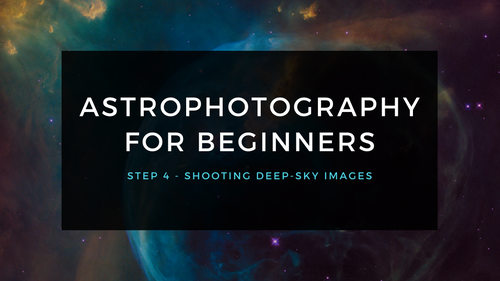
Astrophotographie pour les débutants Étape 4 : Prendre des images du ciel profond
Prendre des photos du ciel profond peut être intimidant, heureusement, il existe un processus simple à suivre pour vous permettre d'obtenir de superbes photos ! Voici le processus typique pour pren...
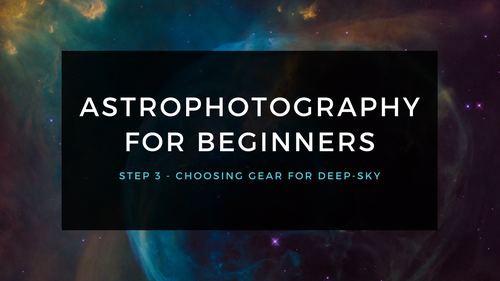
Astrophotographie pour les débutants Étape 3 : Choisir l'équipement pour l'imagerie du ciel profond
L'utilisation d'un capteur d'étoiles vous permet d'acquérir de l'expérience avec les principes fondamentaux de l'imagerie du ciel profond. Tirer sur la Lune vous permet d'acquérir de l'expérience ...
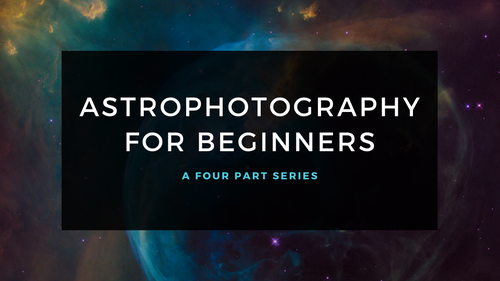
Astrophotographie pour les débutants - Commencer ici : Entrer dans l'astrophotographie étape par étape
Photographier le ciel nocturne n'a jamais été aussi populaire, ni aussi facile. Le choix d'équipement n'a jamais été aussi meilleur, ni plus abordable. Cependant, selon les conseils donnés par Dick...
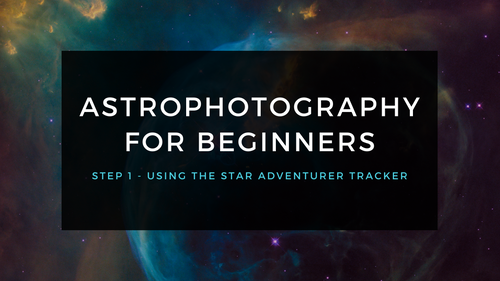
Astrophotographie pour les débutants Étape 1 : Utilisation du Star Adventurer Tracker
Le moyen de loin le plus économique et le plus simple de capturer de belles images de la Voie lactée et de grands objets du ciel profond comme la galaxie d'Andromède (illustré ici) est d'utiliser u...
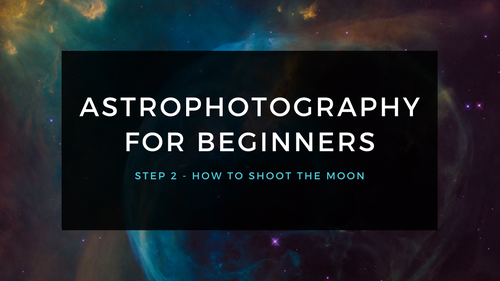
Astrophotographie pour les débutants Étape 2 : Comment photographier la Lune
Les gros plans de la Lune sont gratifiants et constituent un moyen facile d'apprendre à photographier à travers votre télescope. Bien que de bons résultats soient possibles avec un appareil photo d...


